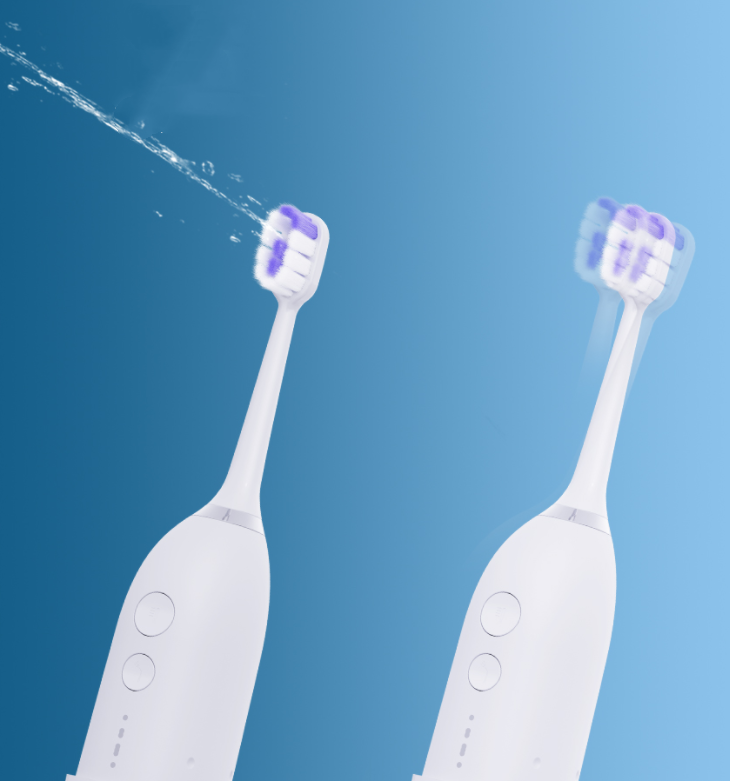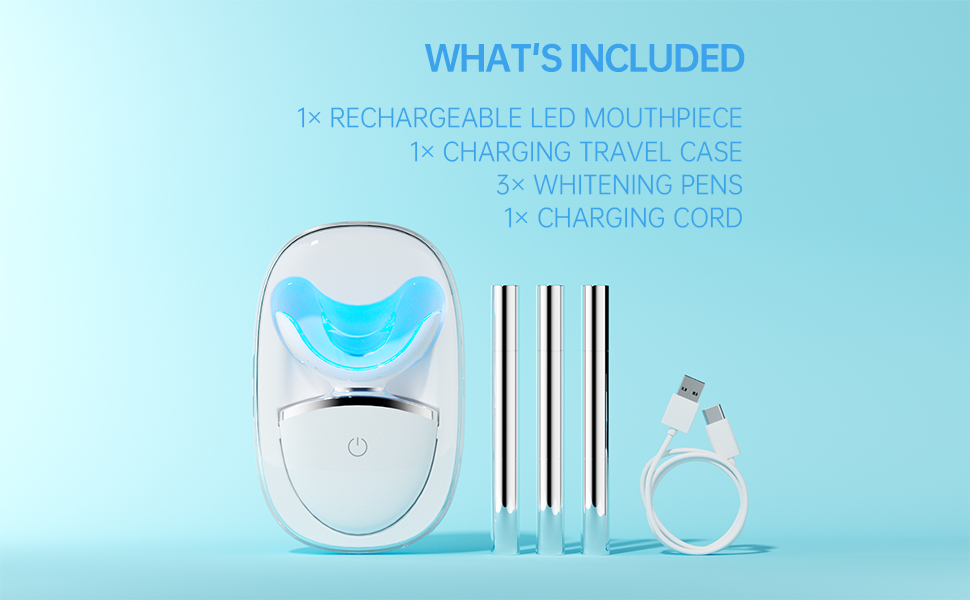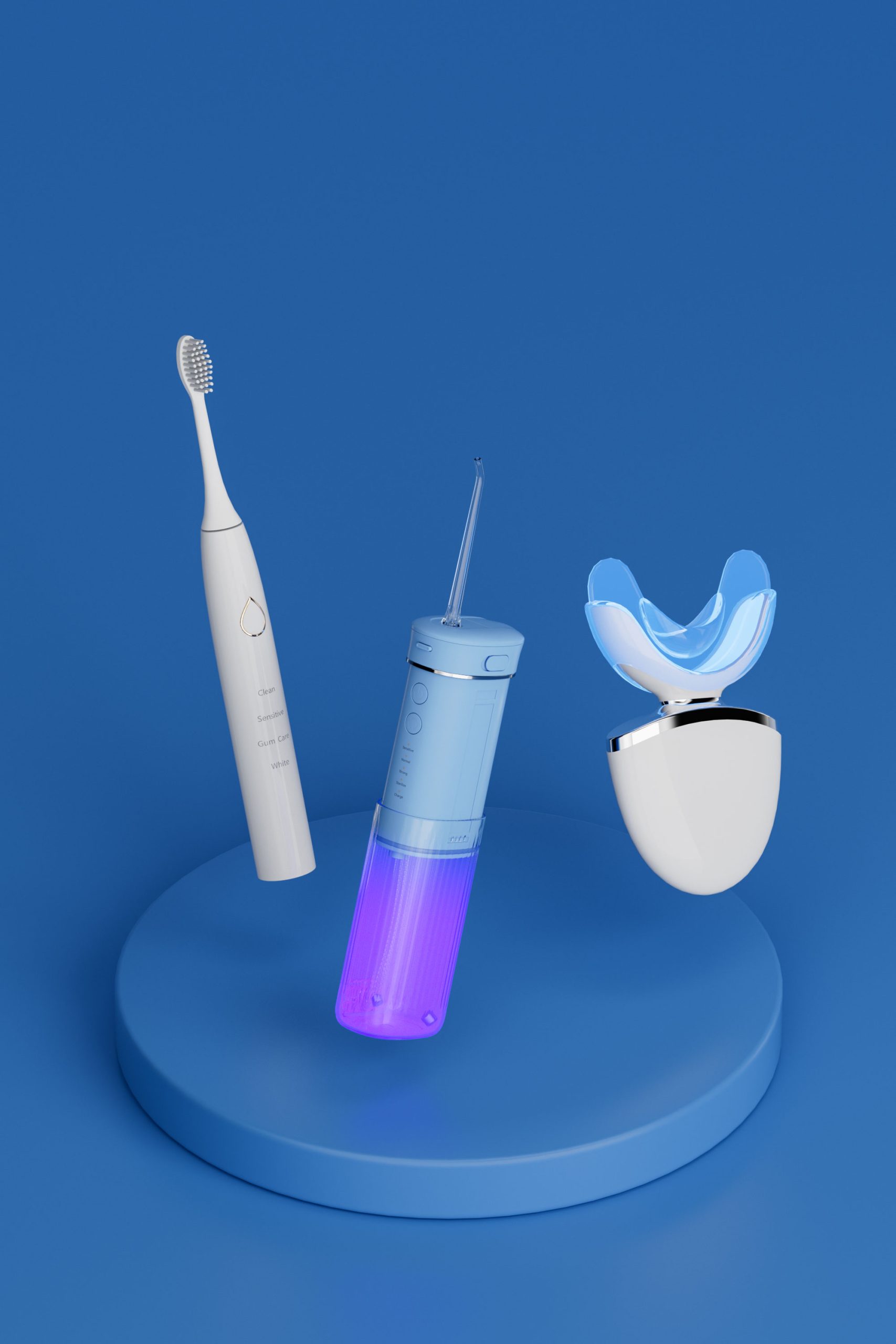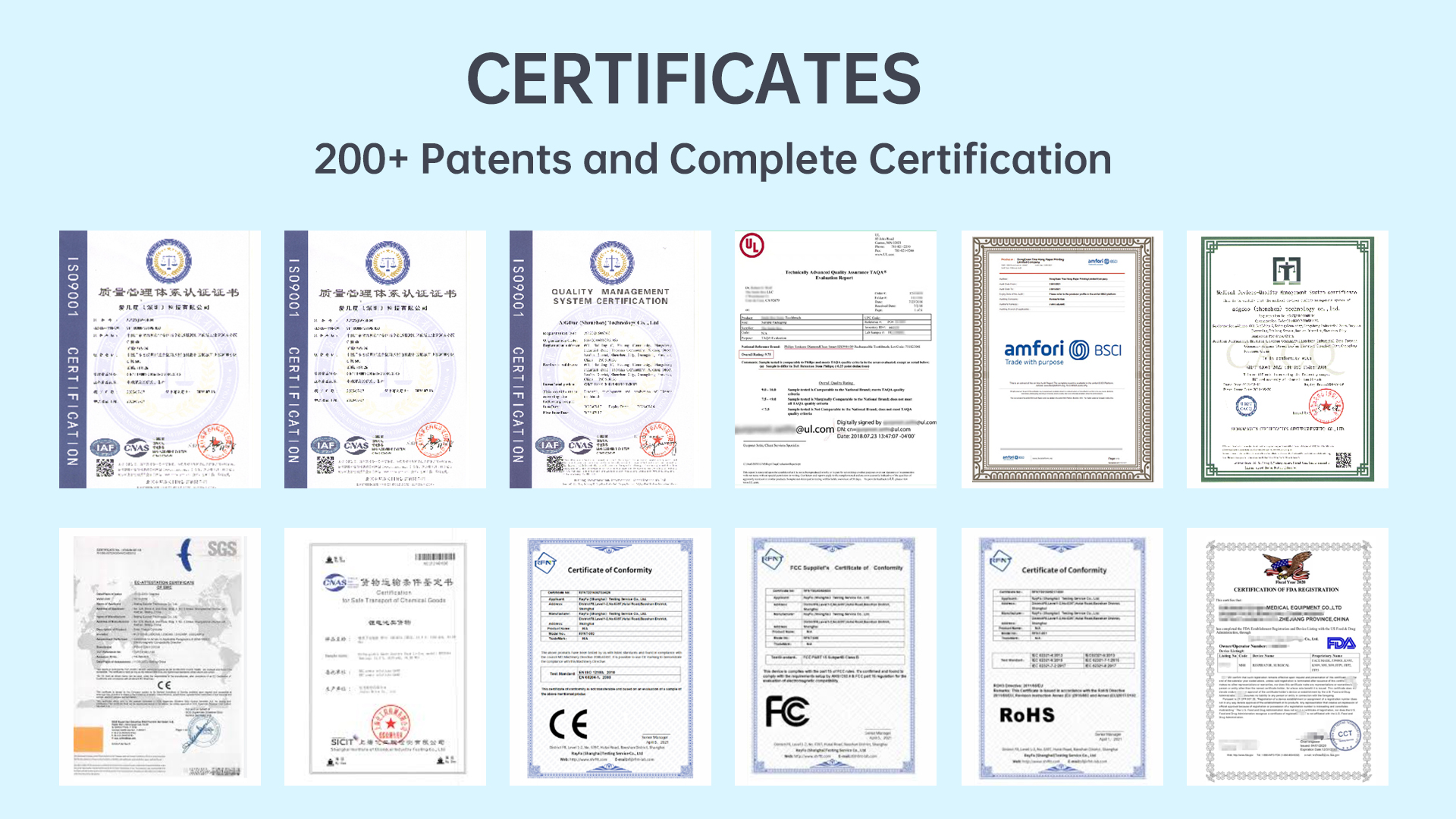In modern oral care technology, safety features such as overheating alerts are designed to protect both users and devices. Yet in some cases, repeated overheating incidents can have unexpected consequences, including accelerated root exposure. This blog unpacks how thermal stress can damage gum tissue and compromise long-term dental health—an issue manufacturers must not overlook.
Overheating alerts are built-in safety mechanisms that detect excessive motor temperatures or circuit heat. They serve to:
However, frequent activation of these alerts signals that internal heat levels exceed design thresholds. When devices run hot during prolonged use, the thermal load can radiate to the brush head or irrigator tip, transferring heat to delicate gum surfaces.
When a device’s contact surfaces repeatedly overheat, several physiological responses occur:
Thus, even if an overheating alert temporarily protects hardware, it does not reverse thermal damage already inflicted on oral tissues. Company web:https://www.powsmart.com/product/electric-toothbrush/
Certain warning signs suggest your device models are prone to overheating-related gum damage:
If any of these are reported, proactive design improvements are essential to avoid liability and preserve brand reputation.
While overheating alerts are necessary, they also impact perceived product safety. Consumers expect oral care devices to be gentle on gums and enamel. Repeated alerts can:
If left unaddressed, the combination of root exposure and frequent heat warnings undermines customer confidence.
Manufacturers can implement several measures to mitigate these risks:
Together, these design improvements reduce thermal strain on gum tissue and maintain safe performance standards.
Addressing the link between overheating alerts and root exposure is not just about compliance—it is an opportunity to demonstrate commitment to user safety. Brands that invest in transparent testing and robust heat management can position their products as premium, health-protective solutions in a crowded market.
Ultimately, root exposure caused by thermal damage is an underrecognized risk in oral care device manufacturing. Repeated overheating alerts are a symptom of deeper design challenges that require immediate action. By prioritizing engineering improvements, manufacturers can deliver safer products that protect both oral health and long-term customer loyalty. Contact us
.jpg)


Nerve Sensitivity from Inconsistent Spray – What’s Causing the Irritation?
.jpg)
The Ultimate Guide to Purchasing Water Flosser from China for Maximum Value
Seal Degradation Causing Tissue Trauma?
Electric Toothbrush Ecommerce Bundle Wholesale | Complete Oral Care Sets
Pump Failure Plus Weak Suction – Terminal Malfunction?
Fast-Charge Electric Toothbrush OEM | Rapid Charging & Global Standards

How Do Salons Do the Whitening Teeth Products Business? An OEM Supplier’s Insight
Professional Whitening Electric Toothbrush Supplier | Advanced LED Oral Care by Powsmart
Filter Clogging Leading to Slow Charging?
Electric Toothbrush for Orthodontists Wholesale | Professional Dental Supply

Creating the Ultimate Oral Care Combo: Keys to the Best Toothbrush Water Flosser Design
.jpg)
Can a Magnetic Levitation Motor Define a Quiet Toothbrush Manufacturer?
Allergy Outbreaks after Brush Discoloration – Coincidence or Warning Sign?

Teeth Whitener Regulations in EU & US: Strategic OEM Manufacturing Insights
.jpg)
Water Flossers in Europe: Prices, Warranties & Market Entry Tips for Brands
.jpg)
Electric Toothbrush Cleaning Performance: The Differences Among Different Electric Toothbrush Factories

electric toothbrush heads Regular Clean
.jpg)
Florida Electric Toothbrush – Powsmart PTR-C8

electric toothbrush heads Ultra Soft

Private Label Whitening Gel

Electric toothbrush heads Charcoal Infused-Diamond

Customization Teeth Whitening Gel

electric toothbrush heads Deep Clean

electric toothbrush heads Charcoal Infuse-Round
whstapp
whstapp
National Toll-Free Service Hotline
+86 755 86238638